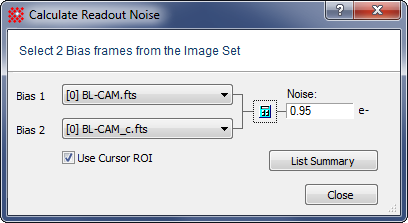

These factors are not much concerned for ground-based telescopes, but do have some impacts on space telescopes, which see much lower background noise and have limited power supply. However, they have a stringent requirement for sub-K cryocoolers, a limited range of working temperatures strongly related to the detector's superconducting material, and limited dynamic range. With background-limited sensitivity and relatively mature multiplexing technologies, superconducting detectors such as transition edge sensors (TESs) 2 and microwave kinetic inductance detectors (MKIDs) 3 are currently the major choice of detectors for THz photometric imaging and wideband imaging spectroscopy. 1 Combined with observations at other wavelengths, it can help to understand how astrophysical systems evolve and test related physical theories. Terahertz (THz) astronomical observations can detect early distant objects including the cosmic microwave background, most cold objects, and obscured objects invisible in the optical region due to the presence of dust. Graphene detectors of this kind can achieve better detection performance given lower readout noise and decreased electron–phonon thermal conductance. Moreover, its optical coupling efficiency is found to be 58% and can reach as high as 92% with the optical losses of the measurement system calibrated out. With electron out-diffusion largely suppressed by Andreev reflection, the device with superconducting electrodes outperforms the device with normal-metal electrodes, giving an electrical NEP of 15 fW/Hz 0.5 and a dynamic range of 47 dB at 0.3 K. Two BLG HEB devices with respective normal-metal and superconducting electrodes are compared particularly for their thermal conductance and detection sensitivity (noise equivalent power, NEP) in a low-temperature regime (0.3–10 K). In this paper, we report on the performance of a zero-biased THz HEB detector using Johnson noise thermometry based on bilayer graphene (BLG) of high charge carrier density. Graphene hot-electron bolometer (HEB) detectors, with weak electron–phonon interaction and a wide working temperature range, are of particular interest for terahertz (THz) applications including astronomy.


 0 kommentar(er)
0 kommentar(er)
